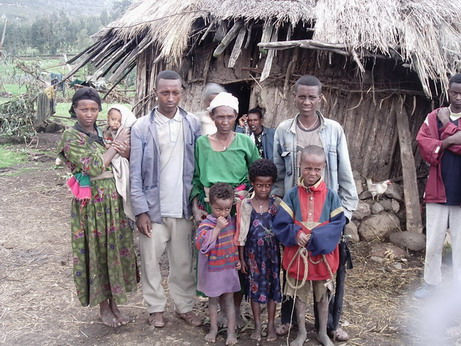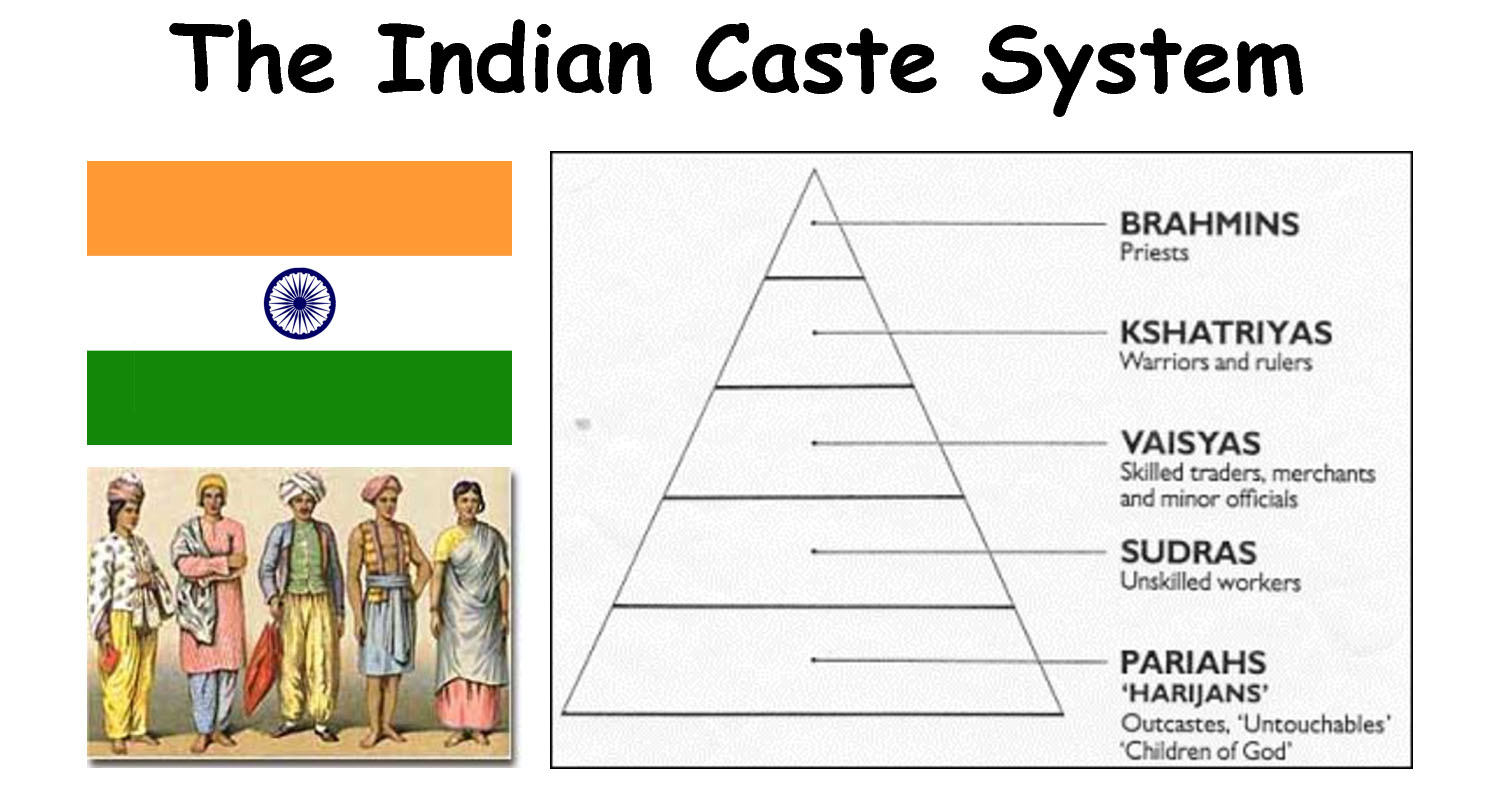This is the Tutor-Marked Assignment that I submitted as part of my CCO107 module assessment on slavery. The module allowed me to appreciate the peace and stability brought about by our forefathers and why it is always important to learn and understand history, such that we may not make the same mistakes as our forefathers.
Tutor Marked Assignment
Slavery, though it has been made illegal in every state of the world, it is still apparent albeit in different forms. Child labour is becoming increasingly prevalent in modern society due to the ever-growing demand for manual labour in developing countries. Slave owners turn to children as they provide the extra hands necessary for physical work while being cheap to acquire. Furthermore, children are easily influenced, and also less demanding which leads to fewer chances for rebellion against their masters (Vasilenko, 2012). Moreover, the children are made to work in extremely hazardous environments without proper protective equipment. This essay will look how child labour is executed, the methods in which they are exploited, and finally the actions that have been undertaken to address the issue. It will also highlight the various challenges authorities face in eliminating child labour completely.
 |
| Child labour in the chocolate industry |
Slave owners use deception or force, and kidnapping to gather the manpower they require. Sometimes, parents even sell their offspring to the owners for extra income.
Firstly, the owners usually employ deception tactics to coerce and convince children to leave their hometowns and travel to nearby plantations or mines. These children, who want to earn a source of income for their families, are usually sent by their parents with blessings as they feel it is "a better way to spend their time" (Els, 2012).
 |
| Poverty-stricken families |
These slave owners further perpetuate this behaviour by persuading the children to work in order to earn a better life for themselves. Most of the time, the children are unaware of the cruel working conditions.
Next, the recruitment process occasionally involves kidnapping. In China and other parts of the world, there are reports of children forcefully taken to factories and made to work for the slave owners. Threats of violence deter the children from escaping and they work for little to no pay in brutal and harsh conditions with no hope of escape (French, 2007).
 |
| Child labour in Chinese factories |
Lastly, the parents of the child, unable to even support the family with basic necessities, are left with no choice but to sell their offspring to the slave owners (Singla, 2014). In developing countries, this is perpetuated by the high costs of education, which would incur more expenses for the parents after childbirth.
These child labourers are transferred from their hometowns, with or without their consent, to their designated areas of work. Some examples of such areas are cocoa plantations and underground gold mines. Sometimes, the children are smuggled illegally across international borders by land vehicles such as motorcycles or taxis to avoid the watchful eye of the authorities (Mammel, 2013).
 |
| Gold Mining |
Child labour, in particular, is undesirable as it not only stunts the child’s growth due to the backbreaking work, but is hazardous to the child’s health because of the lack of protective equipment. In addition, when the child is employed, they will be spending time working rather than studying which impedes their education. This creates a vicious cycle in which the child, due to their lack of proper education, would only continue to take on menial labour in their lifetime. Usually, these children are forced to work due to their extreme poverty (The University of Iowa Labor Center, 2011).
Several factors contribute to the increasing number of children entering the workforce illegally, namely, obstacles to education and inadequate government intervention.
Not all countries provide free and readily available education, especially in developing countries. Even if access to schools is available, the quality of education can be poor or irrelevant. As such, families living in poverty will choose to send their children to work rather than to school which would incur more costs and debts (United Nations, n.d.).
The government plays a big part in the elimination of child labour. When policies and laws are not fully and diligently implemented, these traffickers would take advantage of the lax system and enslave more children. For instance, neglecting the inspection of mining operations and not punishing those guilty of employing child labour (United Nations, n.d.).
Nations all over the world have employed different strategies and passed laws to prevent the prevalence of child labour. However, governments need to regularly check its local companies particularly those in the agriculture and mining department as these areas require large amounts of manpower to function and would usually turn to children for cheap labour.
The International Labour Organization (ILO), a specialized department of the United Nations has started the International Programme on the Elimination of Child Labour (IPEC). Its aim is to gradually eradicate child labour worldwide, starting with the worst and most dangerous forms. Since its beginnings in 1992, IPEC has put in place country-specific programmes to implement policies and measures to end child labour, and spread awareness to the community. As a result, hundreds of thousands of children have returned from the workforce (International Labour Organization, n.d.).
The ILO has also conducted research and helps to train companies and its employees in the regular detection and monitoring of its workplaces for signs of child labour (International Labour Organization, 2015). In addition, they promote social dialogue, which helps to raise awareness and encourage better working conditions which translates to better wages for employees. This helps to foster cooperation and understanding in the workplace, which can help to reduce the use of child labour (International Labour Organization, n.d.).
However, there exists numerous challenges that prevent governments from eliminating child labour completely. With such a widespread use of children in Africa and South Asia in the areas of agriculture, it may be difficult to eradicate it fully in the short term as it would require changing of attitudes and extended help from the authority. Furthermore, the “hidden” forms of child labour such as those working in family farms or businesses are the most difficult to tackle as they not commonly seen by the public eye (Ellen Webbink, 2012).
Nevertheless, instead of tackling the traffickers and smugglers, the authorities should attempt to tackle the problem at the source, which is the issue of poverty and the lack of education. As most forms of child labour happen due to the family facing poverty, the government should help poor families and prevent their children from entering the workforce to earn money. This would inevitably enable the children, and to a larger extent their children’s children, perpetually stuck in a life of manual labour to escape this vicious cycle. Education should also be promoted and be easy to access. Organizations such as the Bangladesh Building and Metal Workers’ Union aim to remove children from hazardous workplaces and place them into schools (The University of Iowa Labor Center, 2011).
In conclusion, child labour is still being used in various parts of the world for manual labour due to their low costs and ease of being controlled. However, this puts the child both physically and mentally at risk, stunting their growth and preventing them from getting a stable education. To completely stamp out the use of children in the workforce, the authority needs to implement policies relating to poverty and education, and also have a clear and regularly monitored system of checks to prevent such occurrences.
References
Ellen Webbink, J. S. (2012). Hidden child labour: Determinants of housework and family business work of children in 16 developing countries. World Development, 631-642.
Els, F. (2012, October 12). Report: Half of gold miners in Africa could be children. Retrieved from Mining.com: http://www.mining.com/report-half-of-gold-miners-in-africa-could-be-children-38365/
French, H. W. (2007, June 16). Kidnapped children in China forced into slave labor / Hundreds of youths reported to be toiling in brutal conditions. Retrieved from SFGATE: http://www.sfgate.com/news/article/Kidnapped-children-in-China-forced-into-slave-2555932.php
International Labour Organization. (2015, September 29). ILO and Japan Tobacco International step up joint work to promote fundamental labour rights in the tobacco supply chain. Retrieved from International Labour Organization: http://www.ilo.org/pardev/news/WCMS_409381/lang--en/index.htm
International Labour Organization. (n.d.). Action against child labour. Retrieved from International Labour Organization: http://www.ilo.org/ipec/Action/lang--en/index.htm
International Labour Organization. (n.d.). Social dialogue and child labour. Retrieved from International Labour Organization: http://www.ilo.org/ipec/Action/social-dialogue/lang--en/index.htm
Mammel, M. (2013, November 26). Child Slavery: The Bitter Truth behind the Chocolate Industry. Retrieved from Terry: http://www.terry.ubc.ca/2013/11/26/child-slavery-the-bitter-truth-behind-the-chocolate-industry/
Singla, E. (2014). A Bitter Truth of Indian Youth, Child Labour. International Journal of Social Science and Humanities Research, 104-113.
The University of Iowa Labor Center. (2011, July). Ending Child Labor. Retrieved from Child Labor Education Project: https://www.continuetolearn.uiowa.edu/laborctr/child_labor/about/ending.html
The University of Iowa Labor Center. (2011, July). What is Child Labor? Retrieved from Child Labor Education Project: https://www.continuetolearn.uiowa.edu/laborctr/child_labor/about/what_is_child_labor.html
United Nations. (n.d.). Child Labour. Retrieved from United Nations: http://www.un.org/en/globalissues/briefingpapers/childlabour/
Vasilenko, S. (2012, October 12). Child slavery becomes world's third popular problem. Retrieved from Pravda.ru: http://english.pravda.ru/society/stories/10-12-2012/123109-child_slavery-0/























